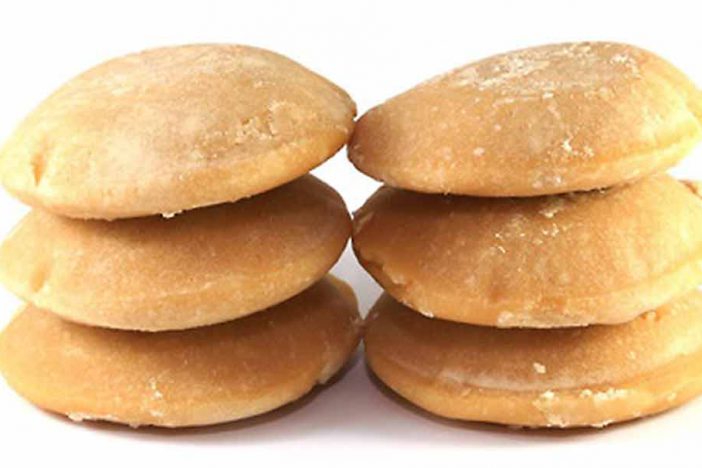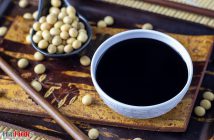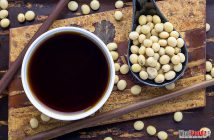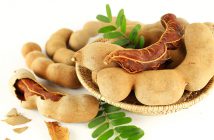Two types of sugar commonly used in Thai cuisine are cane sugar and palm sugar. These are sometimes used interchangeably. Let’s see their more details.
Palm sugar
Palm sugar has come along with the Thai way of life for centuries and had been used in Thai cuisine ahead of the time, the Thais started using cane sugar, and even now they are always used interchangeably. The palm sugar is made from sucrose-rich sap tapped from elephant-trunk-like buds of coconut palm flowers or Palmyra palm flowers. The collected sap is then boiled in an enormous wok until thick like caramel before putting up in containers or filling up in moulds (generally small bowls called ถ้วยตะไล – tuay talai – in Thai) to form into flat-circular lumps. It is cream to light golden brown in colour, has creamy-sweet taste and is likely to melt itself into paste form at high temperature (above 35 °C) due to its high moisture content. In Thailand, there are a couple names to call it, such as น้ำตาลปึก (nam tal peuk), น้ำตาลโตนด (nam tal tanod) and น้ำตาลปี๊บ (nam tal peep) in regard to its sap sources collected and containers respectively.
Cane sugar

Granulated sugar (also called granulated cane sugar) or น้ำตาลทราย (nam tal sai) in Thai ranges from white to light golden brown in colour, from fine to coarse texture, and is very sweet. Sugarcanes, the staple raw material in producing this kind of sugar, have been cultivated commercially in the north, the northeast, the east and the central of Thailand, and the country is also a major manufacturer and exporter of the granulated sugar.
Brown sugar (also called brown cane sugar) or น้ำตาลทรายแดง (nam tal sai daeng) is also manufactured from sugarcanes, but is sugar in powder-like form with brown in colour and is different from the granulated sugar in taste and scent. The Thais always use it in making desserts.





